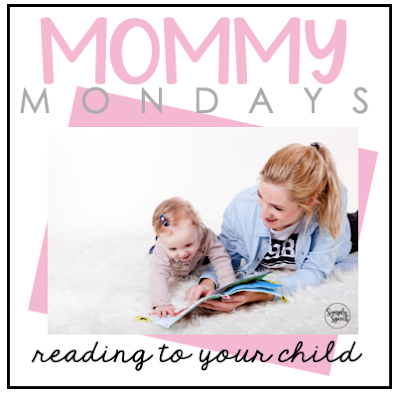Over the past 11 years as an SLP I have seen so many students qualify for speech, but not language therapy. Either their scores aren't low enough to qualify in their school setting or their language difficulties don't show up on the test they are given at that time. But, after working with them on their articulation skills and having conversations with the child, you can hear that many of them also need some help with grammar. I have found pronouns to be a big part of that.
A research study done in 2013 showed that "a difficulty in the acquisition of grammar can interfere with the ability to communicate successfully and may flow into other grammar and language-based tasks." As SLP's we want our students to communicate at the best of their abilities. In the study, children were provided play-based grammar instruction that was made up of teaching, modeling, prompting, recasting, and then given feedback on their productions. The children in the study made great progress, however, they did find that children were less likely to make progress when they had articulation errors that affected the sound or sound pattern needed to produce the targets.
I have been trying to incorporate grammar instruction into my articulation therapy sessions, without taking away the from the actual articulation therapy. I have done this through reading books, modeling through play, and structured activities that can target both goals at once. Because so many of my students needed pronoun practice in addition to articulation, I created an interactive activity that can work on both goals at the same time.
The activity includes mats for speech sounds in the initial, medial, final, and combination positions. There is a mat for each of these sounds to use in a sentence with the he, she, him, her, they, or them pronouns.
The mats are left open ended enough that you can use these in many different ways to meet your student's individual needs. Since making this, I have laminated them and used them as smash mats (smashing a ball of PlayDoh on the target as they are practiced), stacking mini erasers on the words as they practice, I've stamped dot markers on them, kept this file on my iPad as a no-print activity, and even taped them to the wall and shot nerf gun targets at the words! Whatever gets your students motivated, do it!
I am a private therapist and see all my students one on one, but these mats would be great for mixed groups since you can print one for each child and their individual need during a group lesson.
I have this entire packet available in my Teachers Pay Teachers store.
Click on the image below to check it out.
Resource: Smith-Lock, K. M., Leitao, S., Lambert, L. & Nickels, L. (2013). Effective intervention for expressive grammar in children with specific language impairment. International Journal of Language and Communication Disorders, 48(3), 265–282.






















